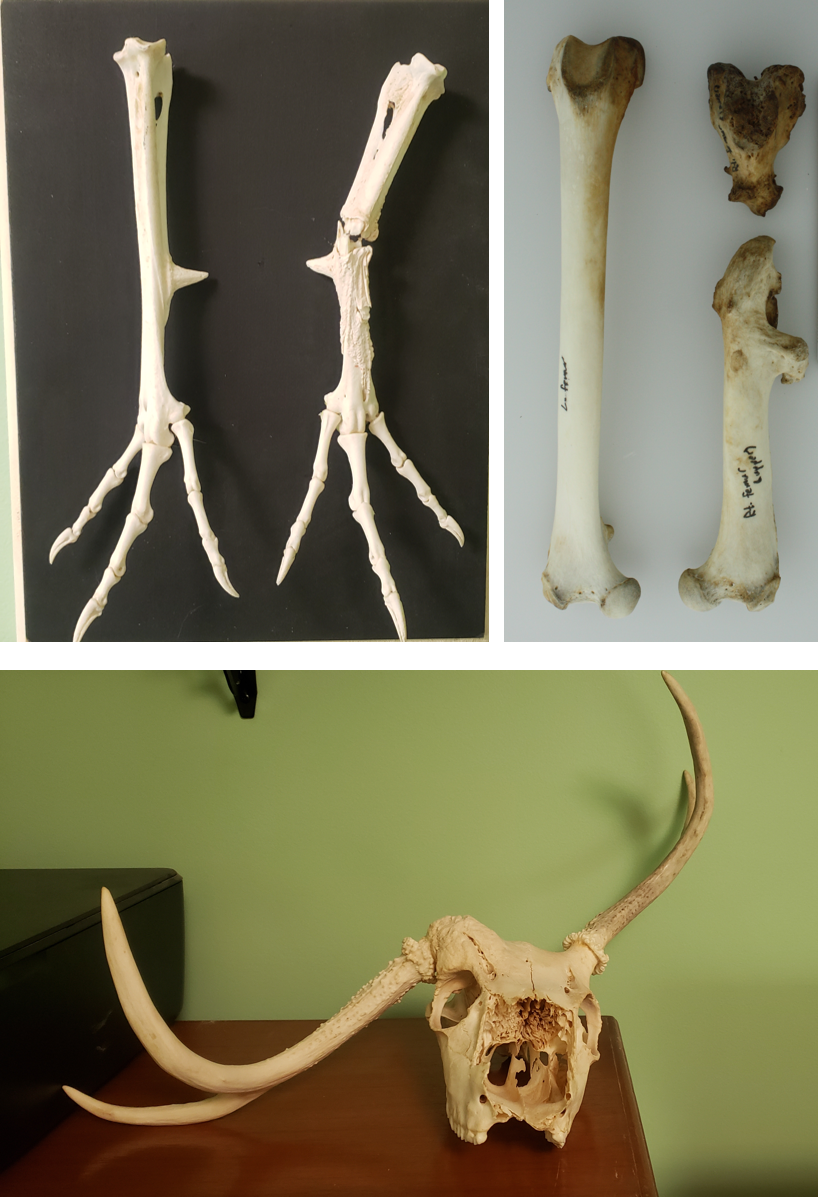Listen to Episode 84 on PodBean, Spotify, YouTube, or your favorite podcast place!
Life ain’t easy. For animals, plants, and organisms of all kinds, there exists a constant threat of injury and disease. Fortunately, these unfortunate occurrences sometimes leave evidence in fossils that can inform us of the lives – and even deaths – of species from long ago. The study of this evidence is called Paleopathology.
In the news
Elpistostege and the origin of hands as we know them
Snakes of the Messel Pit, including the oldest known heat-sensing organs in snakes
This Australian fossil might be the oldest known animal fossil
A new dinosaur from New Mexico, diverse dromaeosaurs in the latest Cretaceous
When Bodies Go Wrong
Pathology is the study of the causes and effects of injury and disease. The same thing can be done on fossils, in which case it’s called paleopathology.
Of course, injury and disease can affect just about any tissue in any life form, from organs to skin to leaves, but since most soft tissues don’t regularly fossilize, paleopathology typically focuses on hard tissues: shell, wood, and especially bone. And since this episode’s special guest, Laura Emmert, is – like us – a vertebrate paleontologist, most of our discussion centered on bone.

As Laura explains, paleopathology often involves detecting where something has gone wrong in a fossil tissue. Sometimes it’s as simple as a fracture or indentation in a bone where it was broken, but often researchers are looking for abnormal tissue activity; when a broken bone heals, new bone tissue will form a characteristic spongy texture, and might reconstruct the bone in an unusual way, healing at an odd angle or fusing multiple bones together. Disease can affect the balance between bone growth (cells producing new bone) and bone resorption (cells recycling bone) resulting in bone being overly thick, thin, or even pockmarked by disease.

Unfortunate, but informative!
Suffering an injury or disease is obviously a bad time for the organism, but it can be very enlightening for us. Research on paleopathology can reveal where one animal chomped on another, what insects grazed on leaves, or what kinds of diseases impacted dinosaurs. At our favorite site, the Gray Fossil Site, fossils have revealed evidence of gators biting turtles, insects inducing galls in plant stems, and tapirs living to such ripe old ages that their teeth wore all the way down and their joints became heavily arthritic.

In younger specimens, ancient DNA can be part of the paleopathology process, revealing the presence of diseases, including those our own species suffered.
Of course, it can be very difficult to determine fine details. Was this injury the result of an epic fight or a clumsy accident? Is it unhealed because it killed the animal, or did the animal die shortly afterward of unrelated causes before the injury had time to heal? Often, questions like these are impossible to answer. But our techniques continue to improve.
Want more?
Check out:
DinoSores: an annotated bibliography of dinosaur paleopathology and related topics (technical)
A century of paleopathology – An overview of the history of study (semi-technical)
—
If you enjoyed this topic and want more like it, check out these related episodes:
- Episode 61 – Behavior in the Fossil Record
- Episode 137 – Fossilization
- Episode 14 – The Gray Fossil Site
- Episode 102 – Parasites
We also invite you to follow us on Twitter, Facebook, or Instagram, buy merch at our Zazzle store, join our Discord server, or consider supporting us with a one-time PayPal donation or on Patreon to get bonus recordings and other goodies!
Please feel free to contact us with comments, questions, or topic suggestions, and to rate and review us on iTunes!